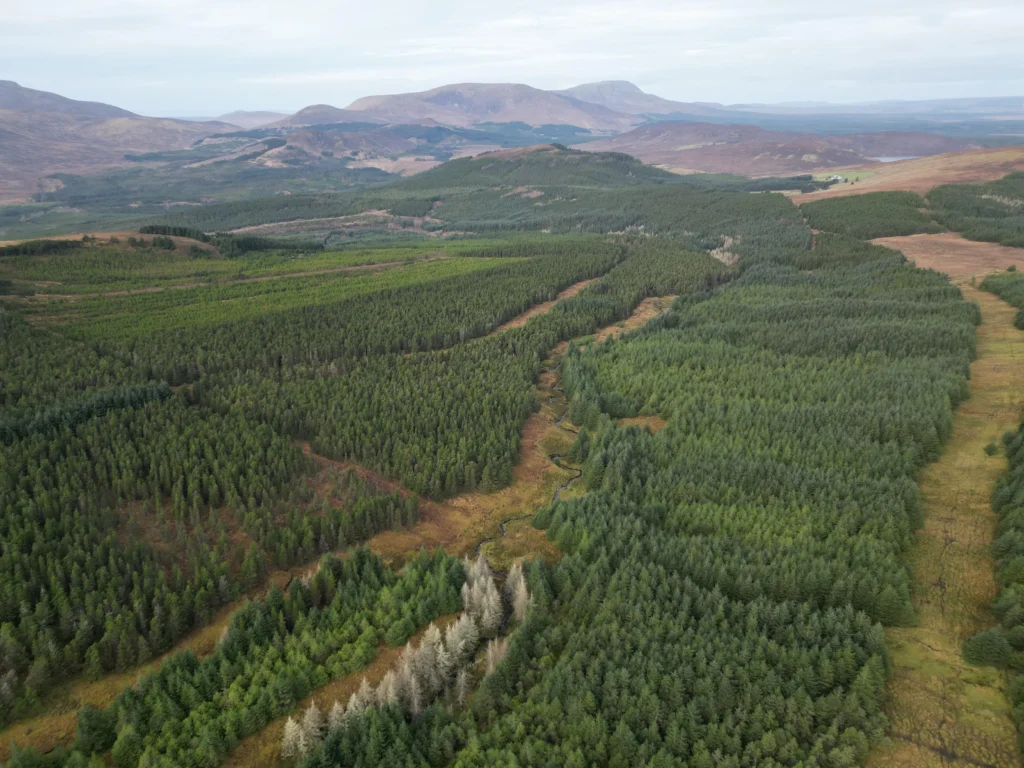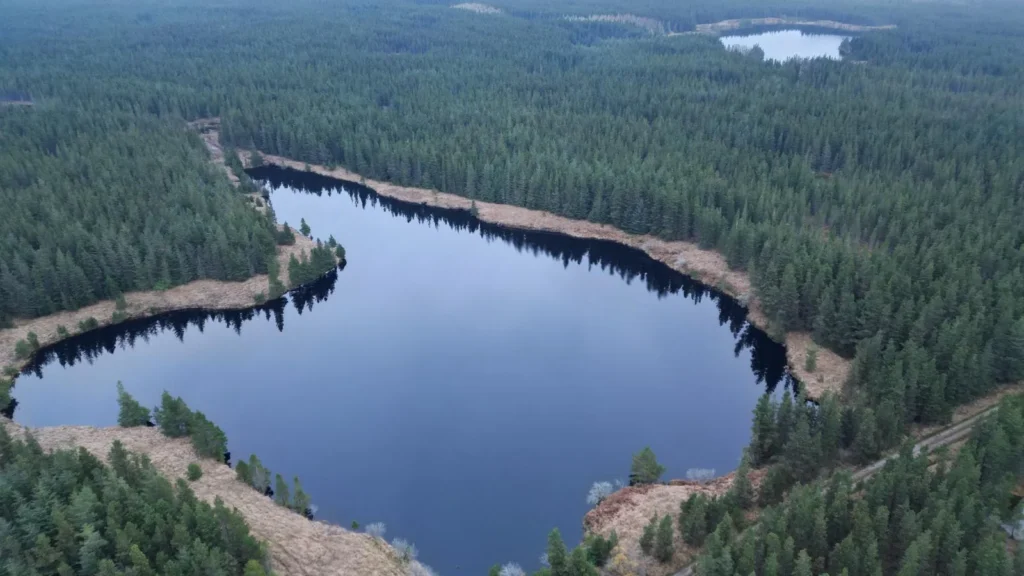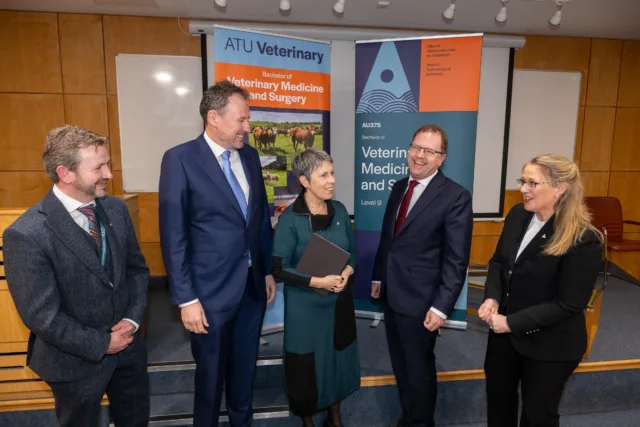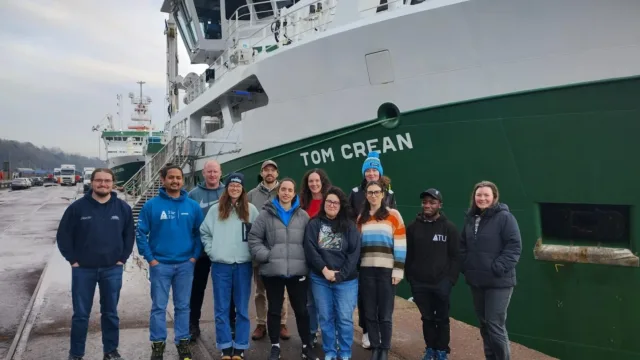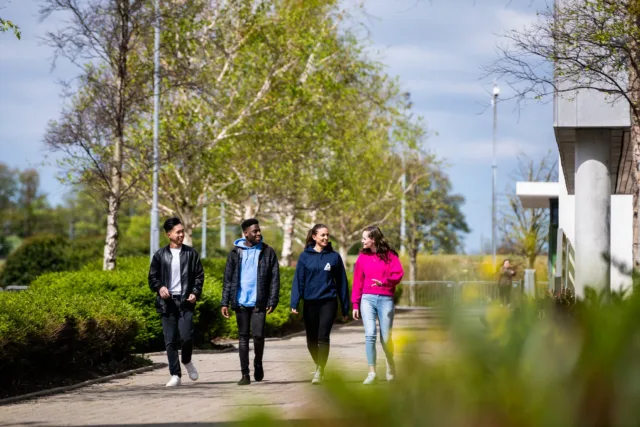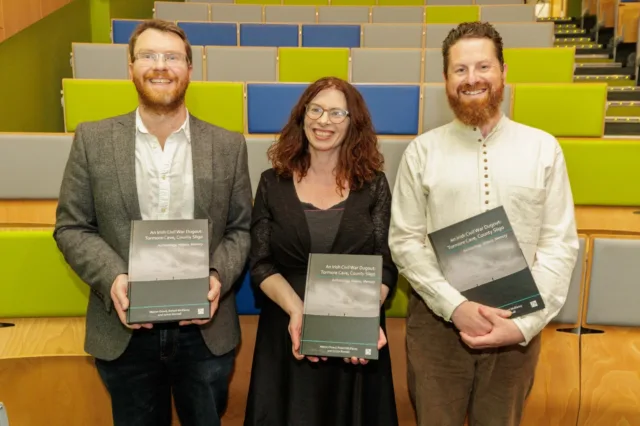Courses
New ATU and Marine Institute study highlights need for varied approach to ecological restoration in the Nephin Forest (Mayo)
A new study by researchers in Atlantic Technological University (ATU) and the Marine Institute, in collaboration with the National Parks and Wildlife Service (NPWS), highlights the need for a varied approach to ecological restoration in the Nephin Forest region of Wild Nephin National Park in Co Mayo.
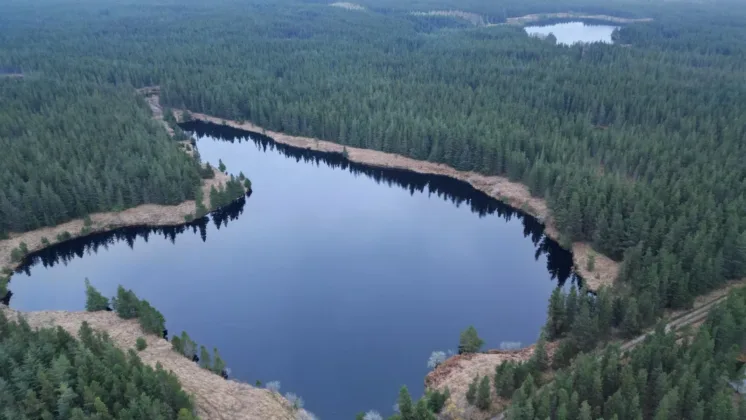
A new study by researchers in Atlantic Technological University (ATU) and the Marine Institute, in collaboration with the National Parks and Wildlife Service (NPWS), highlights the need for a varied approach to ecological restoration in the Nephin Forest region of Wild Nephin National Park in Co Mayo.
A restoration plan for Nephin Forest has been in the works for a number of years, with the incentive for such a large-scale project growing since the recent passing of the EU Nature Restoration Law. Restoration plans should include site restoration targets, the methods to be used, and a monitoring strategy which will enable progress to be measured accurately. Part of this process is understanding what habitats are likely to be successfully restored, given the complex and varied nature of the topography.
The new research paper, just published in the journal Applied Vegetation Science, assesses the current status of plant communities within Nephin Forest and their relationship with the local environmental factors, including soil type, subsoil type, soil depth, topography and elevation, in an attempt to inform the ongoing restoration process.
Lead author of the paper Colin Guilfoyle, a PhD student with ATU who is funded through the Marine Institute Cullen Scholarship Programme, says “The study provides a useful platform for planning the future of the Nephin Forest which can be updated as more is learned about the area. Afforestation has had widespread impacts on the local plant communities, but yet there are pockets which remain relatively undamaged that give an insight into what restoration of different regions of the forest might look like.”
Following a large survey of the area, which recorded the plant communities at 230 sites within Nephin Forest, the study first identified those communities that remain in a relatively non-degraded state, persisting since the area was afforested. These communities act as ‘references’, ie areas of habitat which serve as examples of what a healthy ecosystem in Nephin Forest can look like. Through then understanding the relationship between environmental factors and these reference sites, restoration measures for specific regions of Nephin Forest can be identified. For example, the majority of the flatter northern region of the forest is environmentally similar to areas which support lowland blanket bog vegetation and therefore may be suitable for targeted tree removal and drain blocking, known as ‘forest-to-bog’ restoration. In contrast, certain areas in the south of Nephin Forest were more similar to reference communities of oak-birch woodland, and so alternative approaches to restoration, such as targeted native tree planting, may be more suitable.
Sam Birch, NPWS Regional Manager says “We welcomed the opportunity to be involved with this research which comes at an important time for Wild Nephin National Park. It makes a valuable contribution to a growing body of research about the diverse habitats and species in our National Parks. It gives us a baseline to inform our restoration work at Wild Nephin National Park and helps us to plan how we will monitor progress over the coming years.”
Colin Guilfoyle added some important caveats to the research: “We also have to remember that communities are dynamic in response to ongoing environmental and climate change and so attempting to fix communities according to the references is not desired. The re-establishment of ecological processes, such as proper hydrological functioning and natural regeneration, which increases resilience and the capacity for communities to respond to environmental change will be important.”
The research also featured an example of how vegetation data can be used to monitor changes after restoration over time, using a ‘forest-to-bog’ restoration site which neighbours Nephin Forest as a case study.
Colin Guilfoyle adds “Restoration takes time, and we can see that at our case study site. Monitoring these changes in the long-term enables an assessment of the success of measures and informs decisions on whether a site is capable of recovering without further human intervention.”
Dr Heather Lally, Principal Investigator based at ATU, says “ecological restoration of many habitats will occur across Ireland in the coming years in an effort to combat biodiversity loss, improve water quality and build environments which are climate resilient. This research highlights the importance of collecting and utilising baseline data in areas proposed for large scale ecological restoration and how this data can inform management plans, leading to restoration success”.
A large portion of Nephin Forest lies within the Burrishoole catchment, at the base of which lies the Marine Institute’s Newport Research Facility. Here, the staff of the Institute run a long-term ecological monitoring programme focusing on the fish populations of Atlantic salmon, Brown trout and European Eel.
Dr Elvira de Eyto of the Marine Institute, Co-Author of the paper, says, “We were delighted to fund this important research and to work with ATU and NPWS to produce an evidence base for the ecological restoration of this area. We expect that the ecological and hydrological restoration of Nephin Forest will have benefits for the fish populations of the Burrishoole catchment and that the monitoring data collected by the Marine Institute will show positive change in the years to come.”
The research is open access and is available at: Guilfoyle, C., de Eyto, E., Graham, C.T., Birch, S. & Lally, H.T. (2024) Estimating reference conditions using baseline vegetation data to inform large-scale ecosystem restoration efforts. Applied Vegetation Science, 27, e12796. https://doi.org/10.1111/avsc.12796
ENDS
About Nephin Forest
Nephin Forest, a 4,700-hectare expanse of formerly commercial conifer plantation, was amalgamated into Wild Nephin National Park in 2021. The forest is one of many large plantation forests on the western seaboard which were planted during the latter part of the 20th century, at the time providing essential rural employment but which ultimately have had negative long-term economic, social, and environmental outcomes. A large portion of Nephin Forest lies within the Burrishoole catchment, where the Marine Institute run a long-term ecological monitoring program focussing on the fish populations of Atlantic salmon, Brown trout and European Eel.
Nephin Forest is currently dominated by the North American tree species lodgepole pine and Sitka spruce, which were often densely planted close to aquatic habitats containing sensitive species including Atlantic salmon. The area also suffers from the spread of invasive Rhododendron, while the carbon rich peat soils that exist beneath much of the forest and surrounding lands have likely been degraded following land drainage for afforestation.
About the Marine Institute
The Marine Institute is Ireland’s scientific agency responsible for supporting the sustainable development of the State’s maritime area and resources. The Institute conducts applied research and provides scientific knowledge, advice and services to government, industry and other stakeholders and users.
About NPWS
The National Parks and Wildlife Service is the Executive Agency within the Department of Housing, Local Government and Heritage in Ireland, with responsibility for nature conservation, wildlife protection and the presentation and preservation of our National Parks and Nature Reserves. www.npws.ie
About ATU
ATU is a multi-campus (nine) university in the west and northwest of Ireland that delivers a rich combination of academic and research excellence. Much research is carried out in collaboration with companies, communities and other stakeholders in Ireland and internationally. ATU participates in large-scale international networks, often bringing companies, communities, local authorities, and others from the region into those networks. The university competes and wins international funding based on excellence and originality; publish at the highest levels in the peer-review system; invent and deliver to market products, processes and systems; and inform the design and delivery of undergraduate teaching with the outputs of its research, innovations and engagement (RIE) activities.
Issued by Regina Daly, ATU Communications. regina.daly@atu.ie M +353 (0)879618355
For further queries please also contact:
Sinéad Coyne, Communications, Marine Institute. sinead.coyne@marine.ie M +353 (0)87 947 7090
Sheila Byrnes, Communications, Marine Institute. sheila.byrnes@marine.ie M +353 (0)87 815 5271
